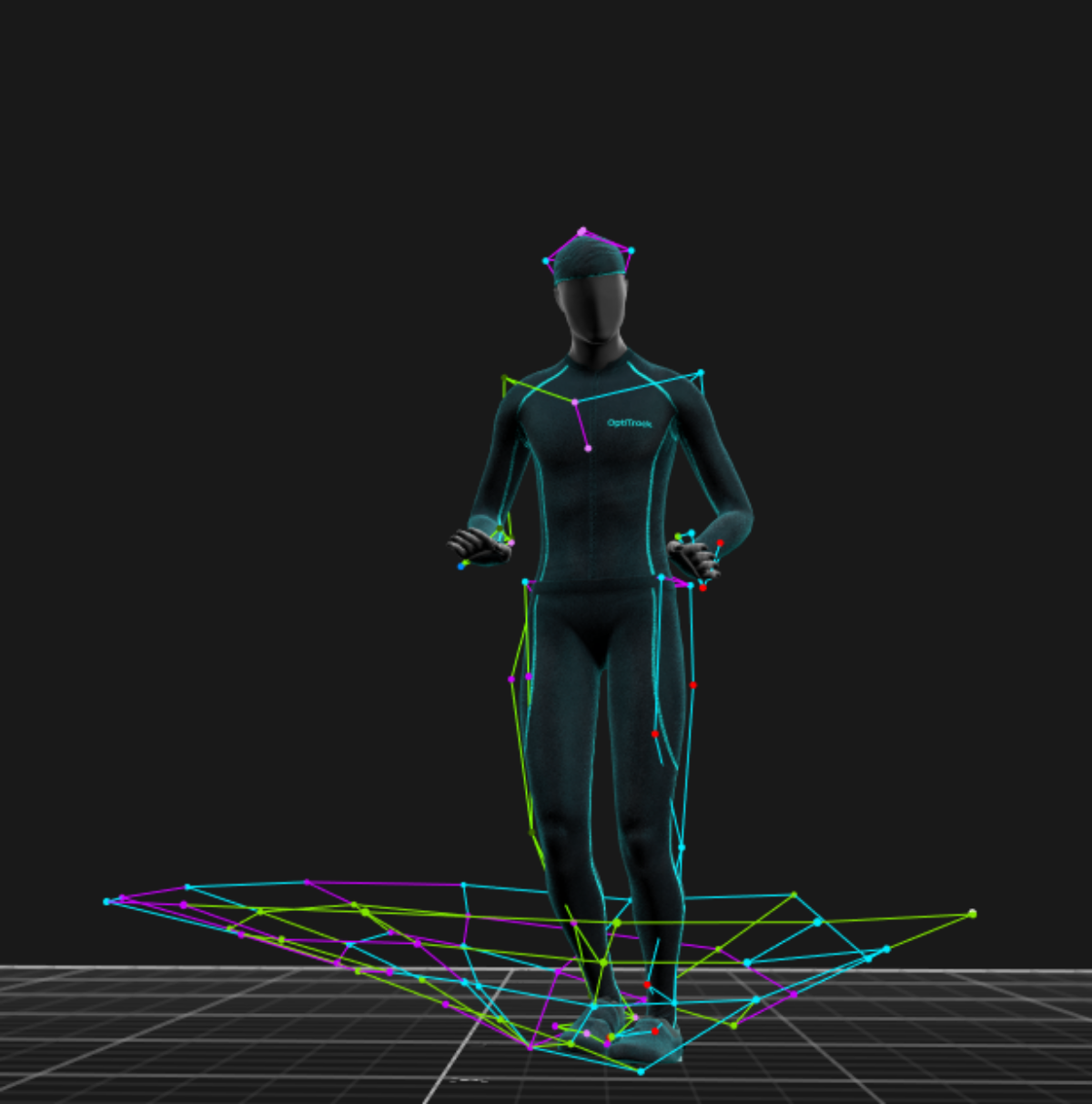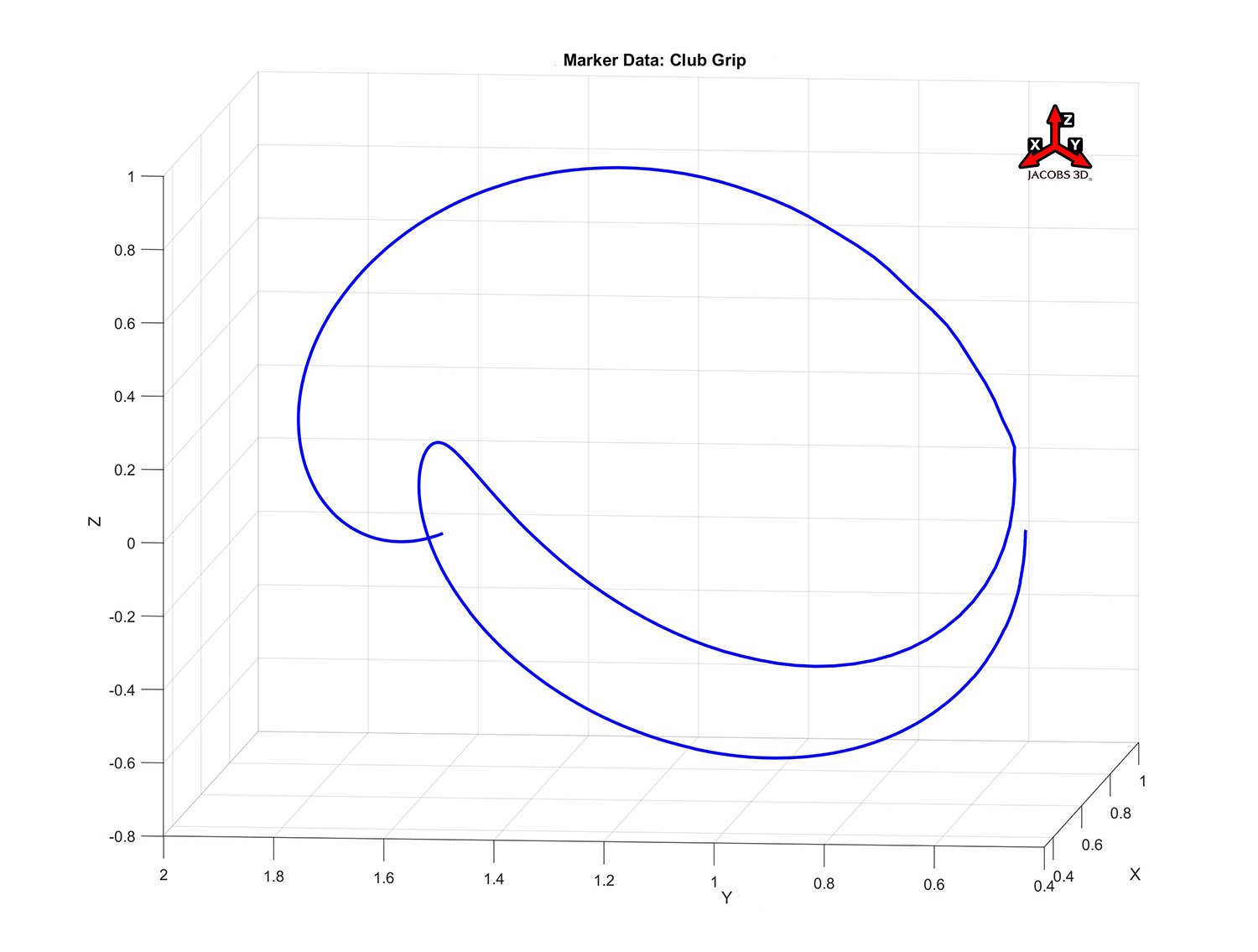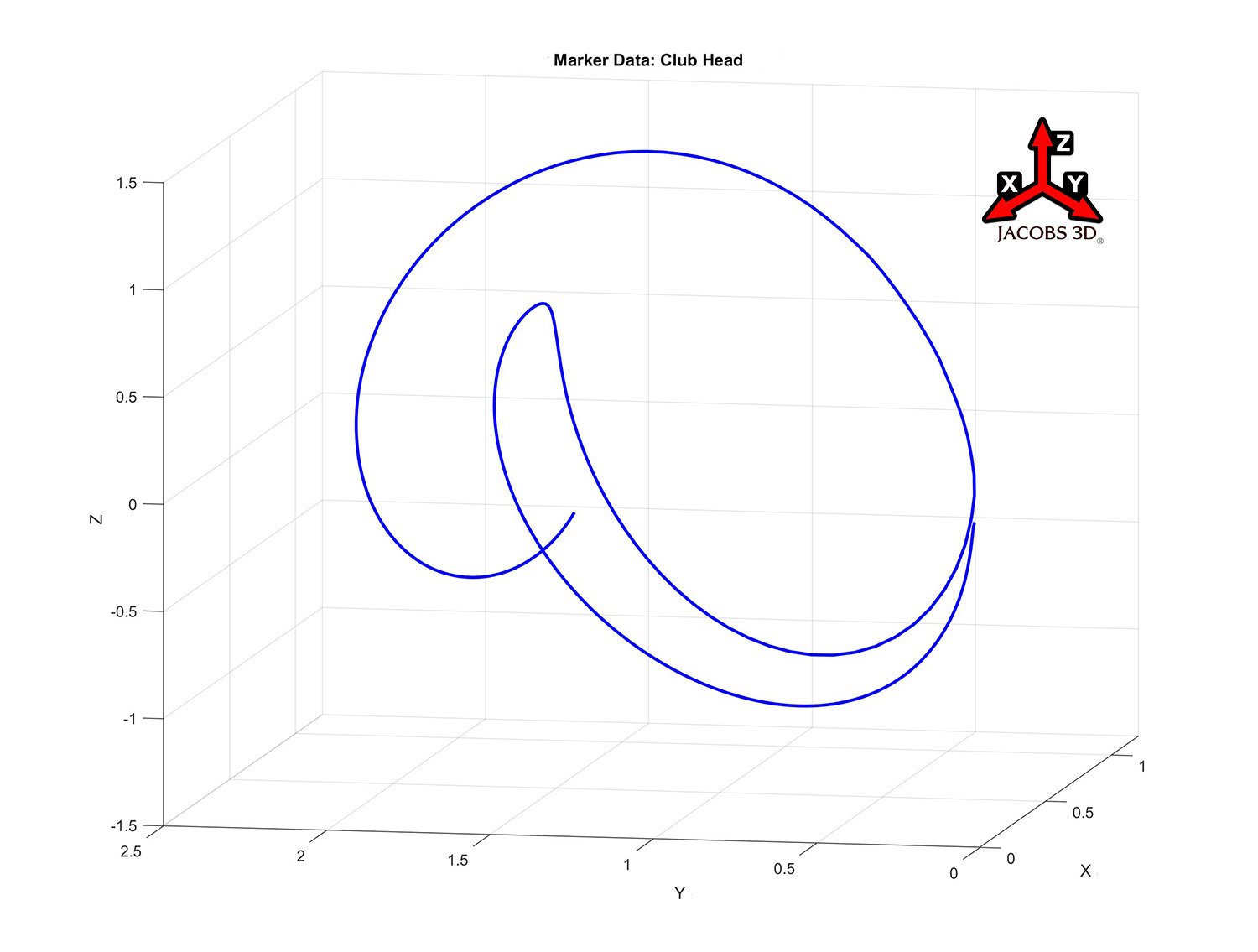The Fascinating World of Motion Capture
We’ve come a long way in the two centuries cameras have been available. These images above are from one of the pioneers of motion capture Étienne-Jules Marey. He designed and built a camera that recorded multiple images on a single plate, from defined point of view.
Biomechanics is the study of how the human body moves, and the collection of accurate data is at the heart of that study. At Jacobs 3D, we use more than 35 markers strategically placed on the golfer and club—everywhere from surrounding the joint centers to the different segments of the club. Those markers capture the movement of the whole golfer-club system at 4,320 frames per second from an array of 14 cameras situated around the golfer. That’s a tremendous amount of data to crunch, and our system is second to none at both acquiring and analyzing it.
That kinematic data—the descriptions of the movement of both the object whole and each of its parts—is parsed into great detail. Where? How far? What speed? What relationship? Anything we can measure can be analyzed and interpreted. As Jacobs 3D Chief Technology Officer Dr. Steven Nesbit says, “if it happens in nature, we can tell you how it happened.”
A good way to think about kinematics? It’s what you see. If you’re on the Long Island Expressway in your car, you see the other cars around you speeding up, slowing down, dodging potholes. When it comes to deciphering the underlying cause of those movements, that’s the branch of dynamics called kinetics. That’s a discussion covered fully in the Science of the Golf Swing.
Below, I want you to take a look at images that show the measurement of the markers I put on Padraig Harrington when he visited the studio. What do they tell us? First, the goal is to see if the data collected is viable—which means smooth tracking and no visible gaps. We use a proprietary form of numerical differentiation to distill the data into actionable information. It’s the difference between seeing the number on your speedometer as you drive and trying to pinch the speedometer cable with your fingers and estimate how many times it’s turning as you drive the car. Better methods and more talented scientists and practitioners give you more precise, more usable data.
Dr. Nesbit designed our program to evaluate very detailed kinematics in near real time. It’s an amazing time to be an athlete because of the proliferation of powerful tools to help solve the mysteries of human movement.
I’m proud of the analysis we’ve developed, and I’m also excited to see consumer-grade motion capture and swing analysis products coming out into the market. Apps that use your phone’s camera are a cool way to get an introduction to basic kinematics. The data is obviously not as comprehensive as what you can capture in a studio, but the increasing popularity of those programs—and the use of kinematic data in media like telecasts or in Golf Digest—shows that the appetite is growing.
It’s a thrill to be at the forefront of that evolution, and I’m excited to take you on that journey of discovery. We dive into golf science subjects like this every month to help you get better at understanding how to move and live better. We have officially launched Jacobs 3D Evolution, which encompasses more sports and human movement analytics.







